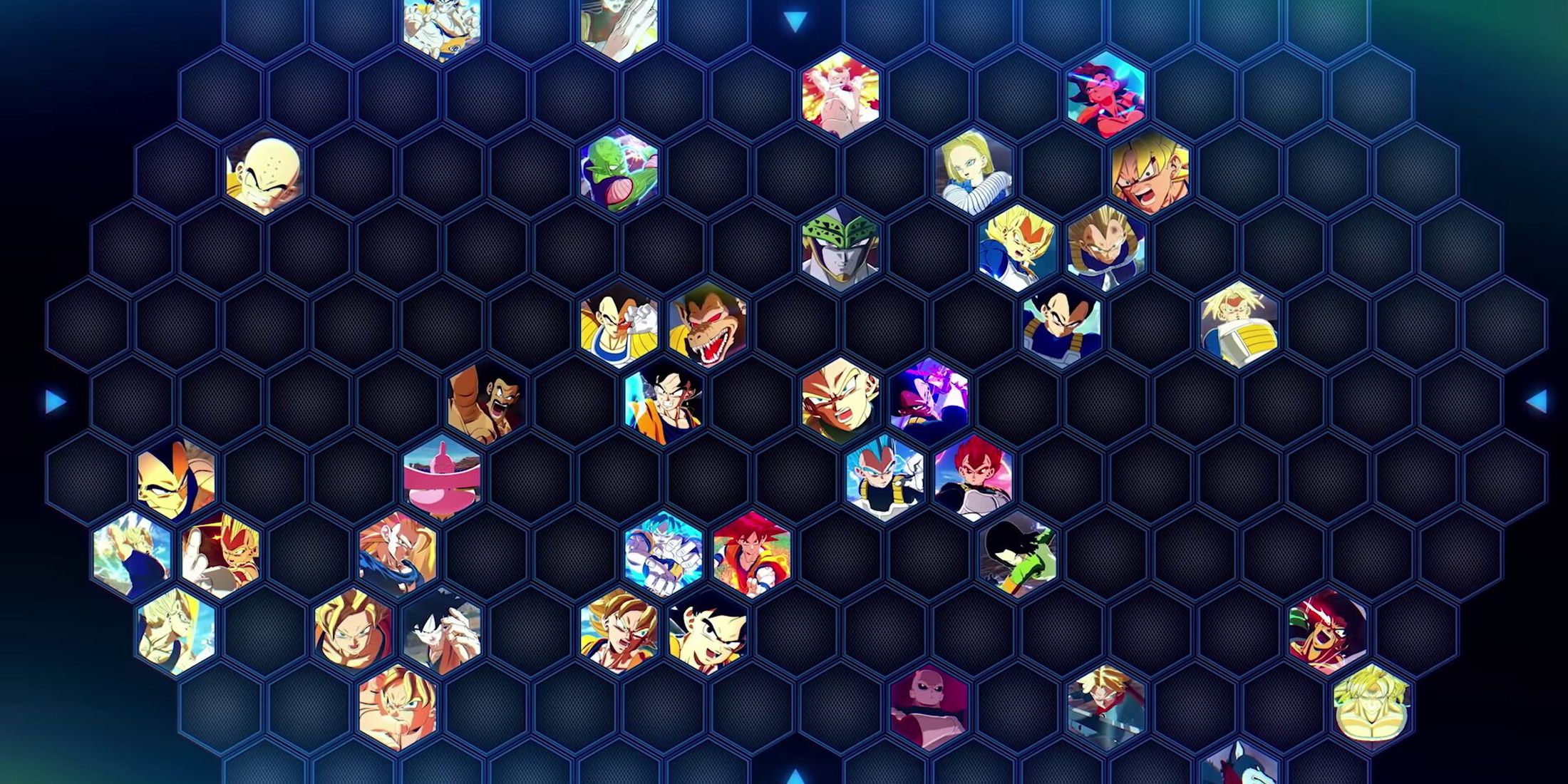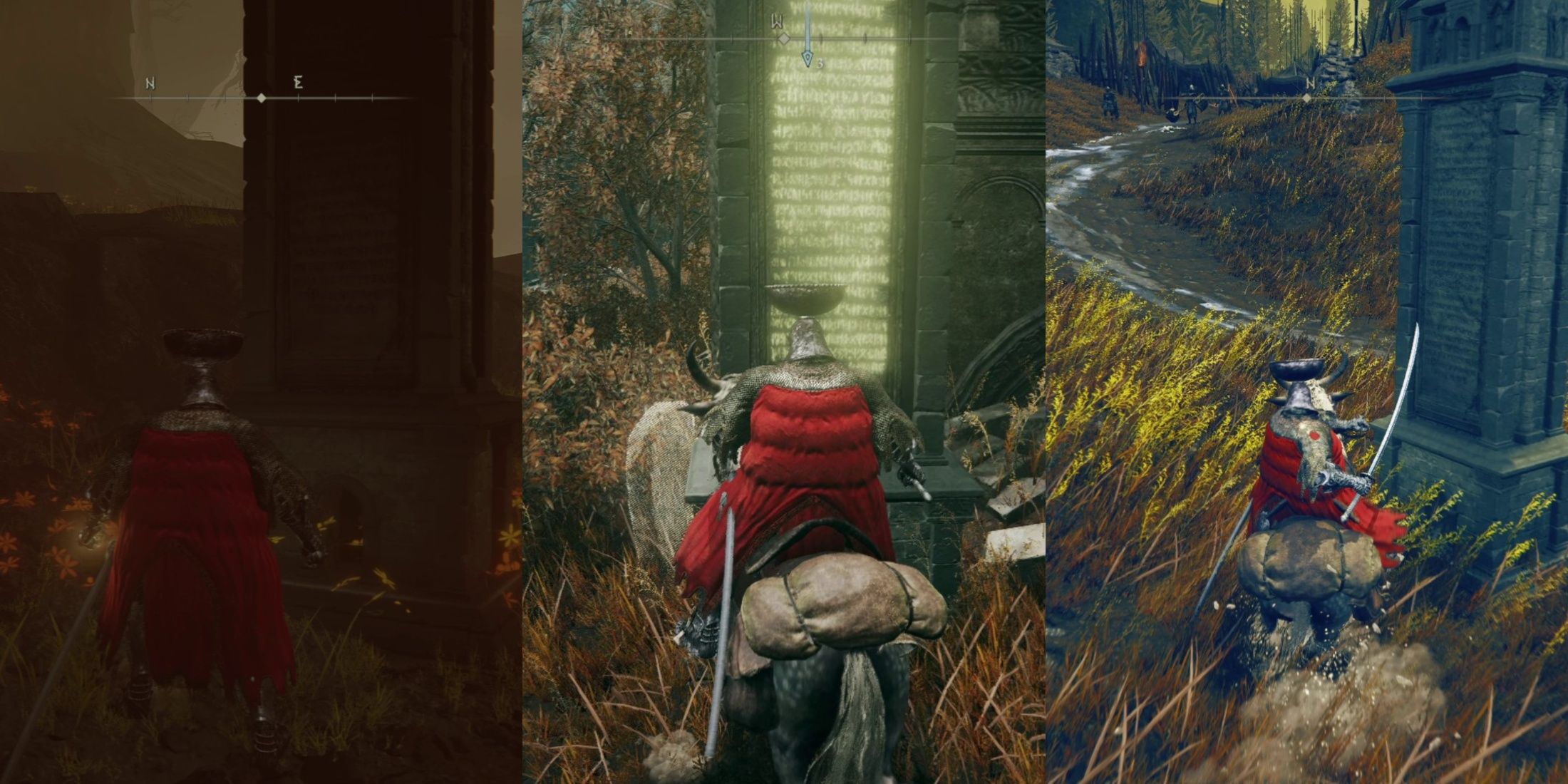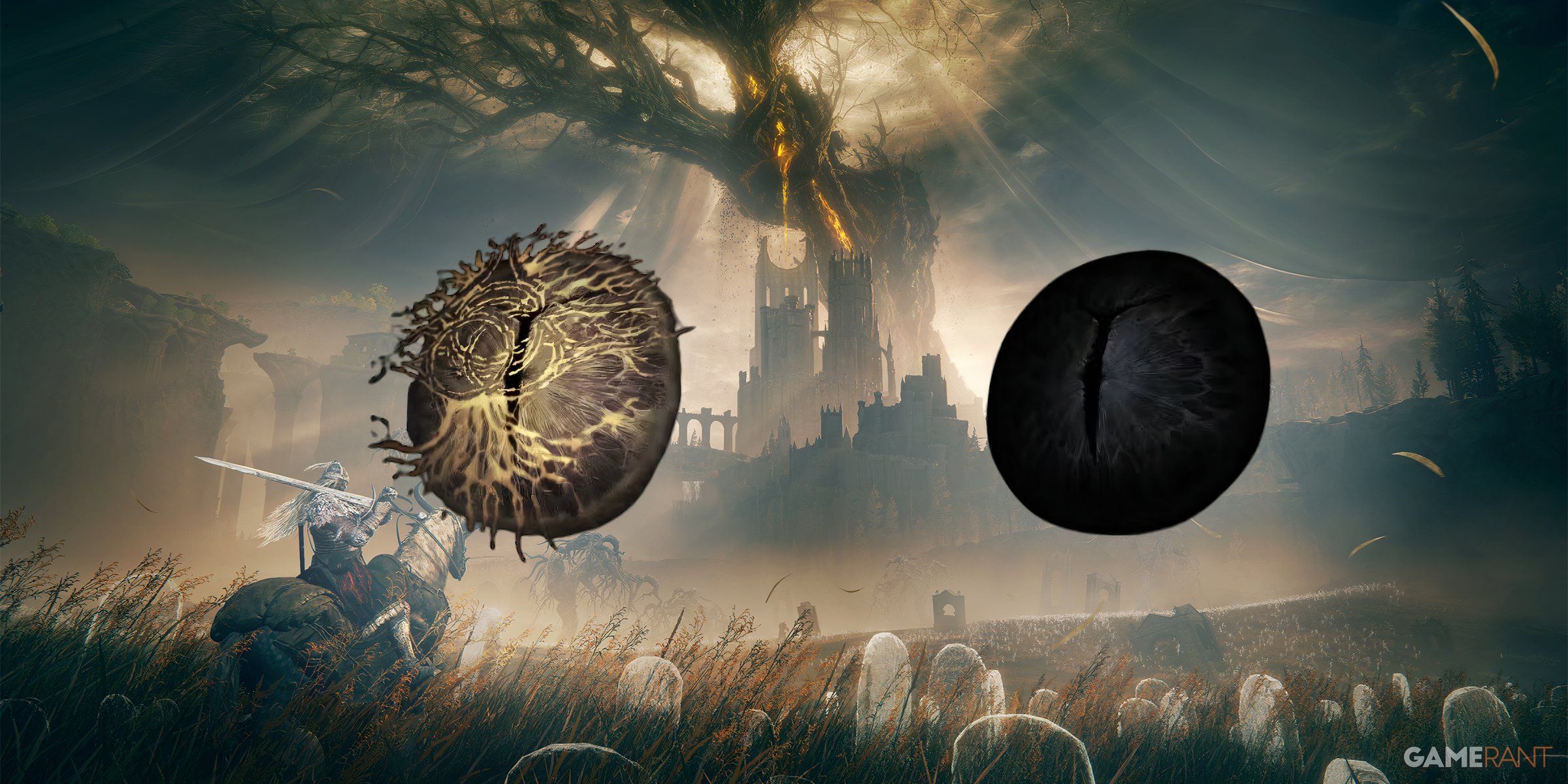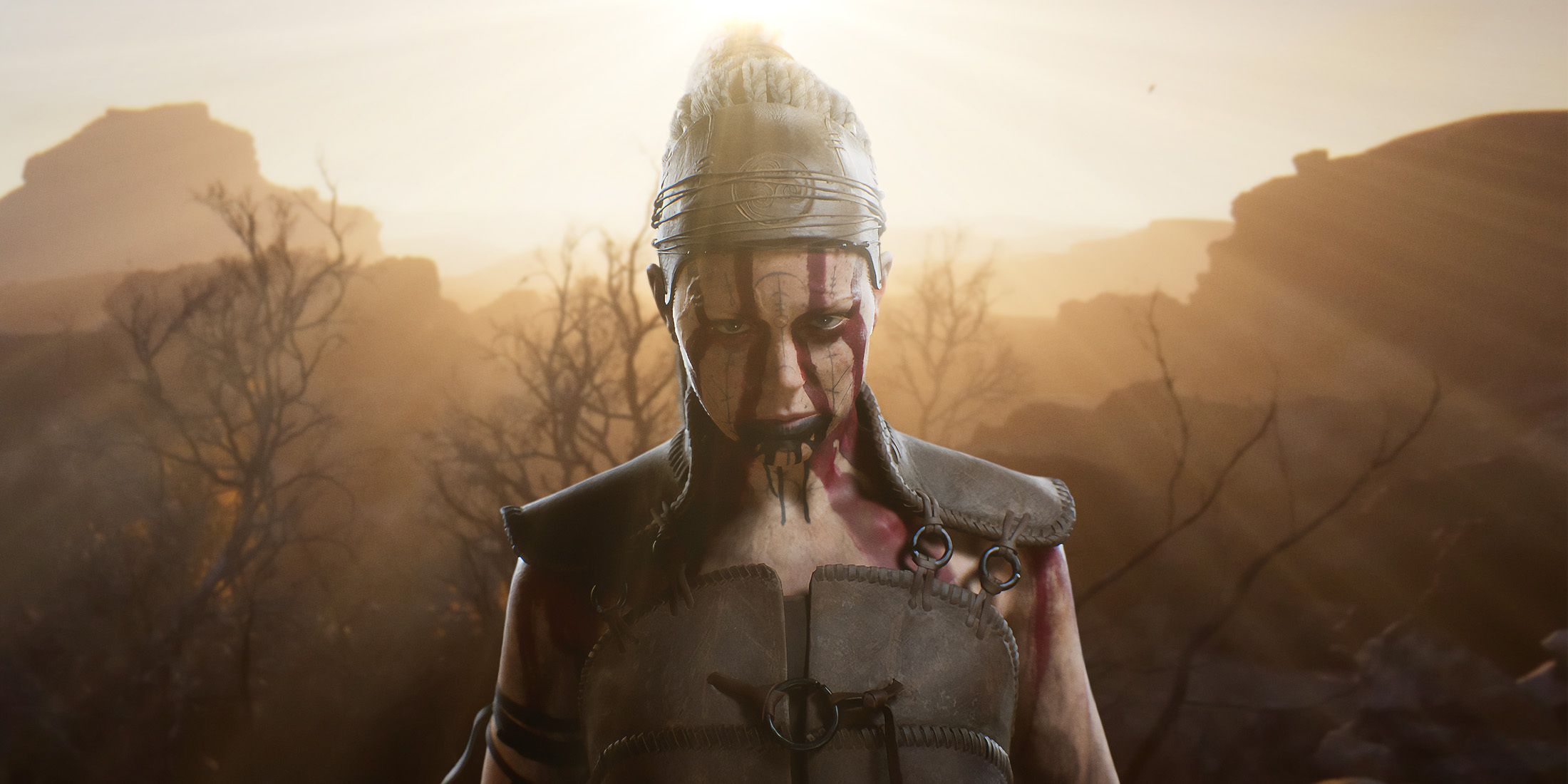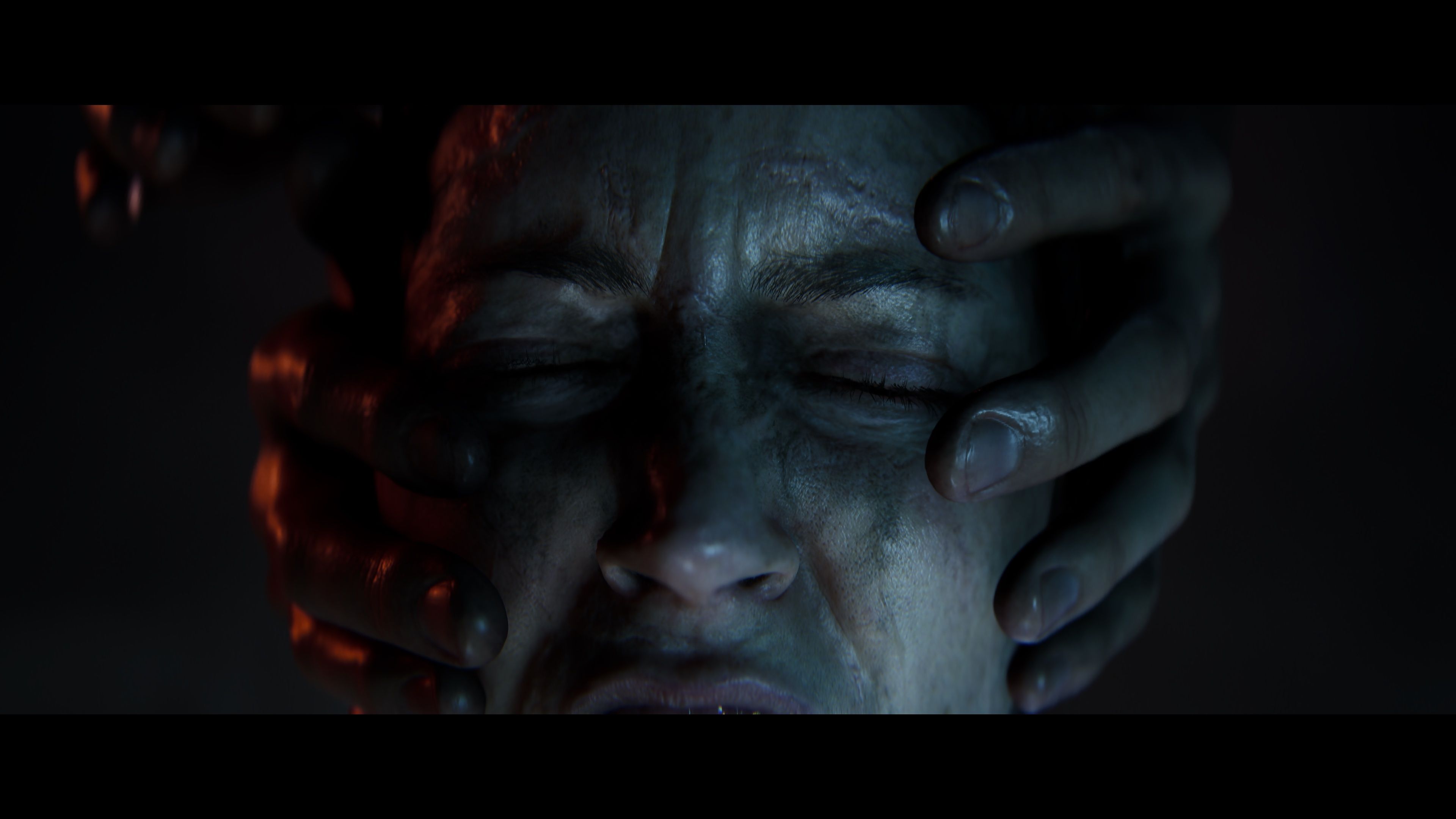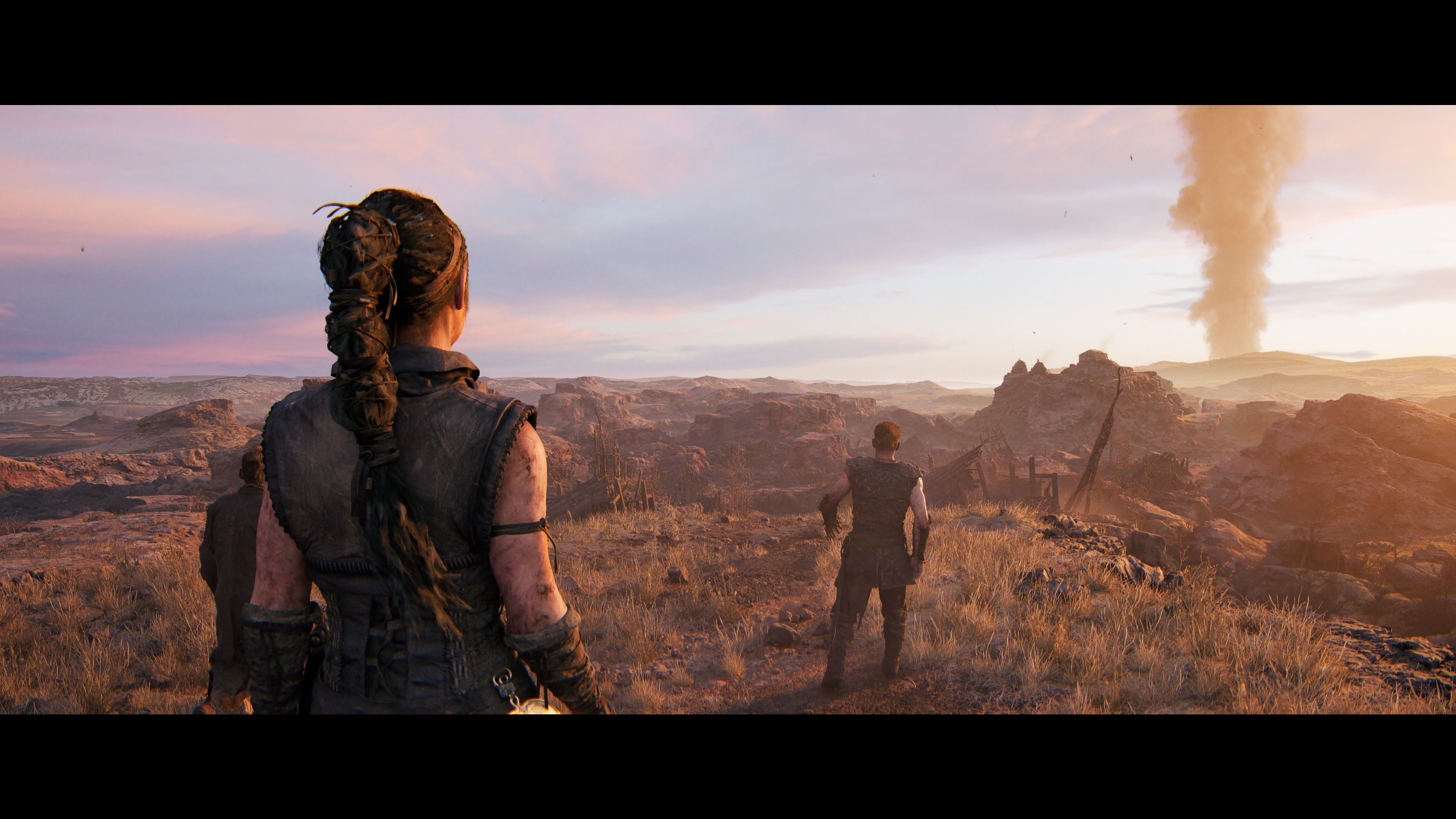Developer Ninja Theory blurred the line between movie and game with the first Hellblade, a title that explored psychosis amidst a backdrop of Norse mythology. It was a stunning achievement for many reasons, tackling complex mental health issues in a way that felt grounded and featuring stunning visuals and performance capture tech. Senua’s Saga: Hellblade 2 follows up on that concept by pushing everything to new heights. It may not do a lot to evolve its core concepts, and for that reason some gamers will be disappointed, but what Senua’s Saga: Hellblade 2 does with graphics, gameplay feel, and sound design should no doubt be celebrated.
Hellblade 2 picks up with Senua as she is held captive onboard a slave ship bound for Iceland. Her goal is unclear at the outset, but once freed from her bonds, Senua sets out on a journey to end a cycle of violence and oppression that has afflicted her people and many of the natives of Iceland. It’s a story where the fantastical mixes in with the realistic – where massive giants serve as metaphors for the systems of control that keep people in line and are literal giants.
Hellblade 2 Tells a Mature Story Set in a Fantastical World
The boldness with which Ninja Theory tells its story makes it stand out immediately. It’s a narrative that is complex and nuanced, and feels unlike anything seen in video games up to this point. As Senua grapples with her “darkness,” her inner voices will challenge her choices, occasionally guide her toward the correct outcome, and consistently force her to confront her sanity. Even as Senua’s Saga: Hellblade 2 has the character walk through linear pathways, it remains engaging thanks to its performances.
At its midpoint, though, the story in Hellblade 2 does start to drag, but never for too long. The introduction of companions helps bring Senua’s Saga a different vibe than the first game, as she contends with her own psychosis alongside characters she may or may not be able to trust. And by the time the game reaches its conclusion, players will have been challenged to consider the game’s prior events and contemplate the choices Senua made along the way. Whether it lands successfully will vary from person to person, but there’s no denying the big swing that Ninja Theory made here. Rather than turning Senua into a superhero a la Kratos, the devs take the core concepts of the first game and branch them out into something that feels like a smart evolution.
Senua's Saga Features Incredible Visuals
Nowhere has the evolution of Hellblade been more apparent than in its immensely impressive visuals. Even with letterboxing to compact the frame and presumably improve performance, Senua’s Saga: Hellblade 2 is a visual feast packed with a level of realism that is at the top of gaming today. The vistas of Iceland are captured in all their lush, craggy wonder, while the more macabre, fantastical sequences have a frightening palpability to them. God rays poking through foliage, rain pelting uneven surfaces, and some of the prettiest fire around - there is no shortage of challenging design elements, and yet Ninja Theory continually pushes the envelope when it comes to scenery and scenario. Where the first game featured more settlements, Hellblade 2's levels are more natural, and despite the obvious pathways, the backgrounds give a feeling of openness.
I reviewed Senua's Saga: Hellblade 2 on PC with a rig featuring an RTX 4090 and hit 4K resolution and over 90 FPS with DLSS set to 'Quality'.
Like its predecessor, Hellblade 2 is a fairly linear experience, but it is never dull when it comes to the sights and sounds. Alongside the beautiful environments, the character designs are packed with detail and as lifelike as one can get. Senua’s character model has so many subtle touches that help her feel real, and her facial animation is simply incredible. The animations in the game overall are first class, which is crucial for a game that seeks to be as cinematic as possible. Game Awards winner Melina Juergens turns in another outstanding performance as Senua, and a solid cast of performers joins her. Every detail on each character's face is brought to life with impeccable detail, although some of the mouth and eye movements are a bit exaggerated.
Hand in hand with the visuals, the sound design in Hellblade 2 is some of the best around. Sound effects and audio cues for puzzles and actions are excellent but it's the mix on Senua’s inner voices that pushes the game over the edge. The way all of these disparate thoughts layer over each other and even interact with the game’s dialogue makes for one of the most dynamic audio experiences I’ve ever had. Headphones are recommended for good reason, because the way everything marries together is worth your full attention.
Combat in Hellblade 2 is Brutal But Formulaic
Making a game that feels cinematic and tells a complex story is a challenge, but finding gameplay that supports its goals is where Senua’s Saga: Hellblade 2 is going to find its most friction. There’s no denying it's a beautifully crafted game, but the gameplay, despite being revamped for the better, is fairly standard.
Combat has a nice weighty feel to it and the animation work on Senua’s sword slashes, dodges, and finishers are delightfully brutal to watch, but the interactive elements of its combat systems won’t challenge players, even on the hardest difficulty. Hellblade 2 makes each combat encounter feel like an arena, where the background fades away and enemies pop up when it's their “turn” to go toe-to-toe with Senua. You block or parry attacks and use Senua's mirror to slow down time when charged, but ultimately the encounters don't feel terribly different from one to the next. It's the animations that make the fights visually exciting, and there is a satisfying heft to each sword hit and block, which goes a long way toward making these arenas feel like tense wars of attrition. And there is a flashy parry animation that never gets old.
The combat is likely going to be a divisive element within the game – some will love its cinematic approach while others will wish for more complexity. In truth, one’s strategy for combat is unlikely to change throughout the game, but that doesn’t mean the fights aren’t exciting. For me, the way Ninja Theory tries to bring movie-style action to an interactive medium made every encounter worth looking forward to. If anything, I wish there was more combat.
With such visceral combat in the main enemy encounters, the hope was that Hellblade 2 would have some epic boss encounters. Unfortunately, while the inevitable giant confrontations feature some of the game’s most arresting visuals, they aren’t very mechanically interesting. These sequences fit with the game’s themes of breaking cycles of violence in that they aren't confrontations, but they are little more than a game of red light green light where interactivity is minimal.
In between the combat and cutscenes/dialogue, Senua’s Saga: Hellblade 2 features some light puzzle-solving. There’s nothing that will challenge the player beyond moving between a few points, but there are some cool visuals at play in these puzzle sequences. And while the symbol-matching puzzle from the first game does return, it’s less tedious than in Hellblade 1. Overall, though, many of the puzzles feel more like a roadblock between the next story beat or combat encounter, and they never quite match the creative visuals that support them.
Alongside the puzzles, Hellblade 2’s linearity is going to be a contentious element. Exploration is at a premium in the game, with a few detours that either lead to a collectible or a dead end, and for the most part, players will spend a good amount of time moving along a set path. The game uses these sequences to sprinkle in dialogue between Senua and her companions or to allow the inner monologues to run wild, but it’s here where the game skirts closest to being a walking simulator. Because of how visually impressive the game is, I didn’t mind moving through the environments and picking up on all the design work on display, but some will wish for more dynamism in the traversal.
There is nothing quite like Senua's Saga: Hellblade 2 on the market.
Senua’s Saga: Hellblade 2 swings for the fences with a unique narrative, complex themes, top-tier graphics, superb sound design, and crisp animation. In trying to curate a cinematic experience, though, the game can feel less interactive and more prescribed. Combat is chunky and vicious, but it is not as involved as most character action games. You merely go through the motions when solving its puzzles, even if they are visually interesting. And moving from point A to point B doesn’t offer much to do except keep holding forward. If you didn’t enjoy the first game, then the sequel is unlikely to make a believer out of you.
That being said, there is simply nothing else like Hellblade 2 on the market and that alone kept me enthralled the whole way through. Its pared-down elements might not be mechanically complex, but they give the story a momentum that makes it hard to put down. Ninja Theory tackles themes that are challenging and not often seen in games, with a backdrop that vacillates between the epic and the intimate. It's approach doesn't have widespread appeal, but Senua’s Saga: Hellblade 2 is as close to an interactive movie as we’ve seen yet.
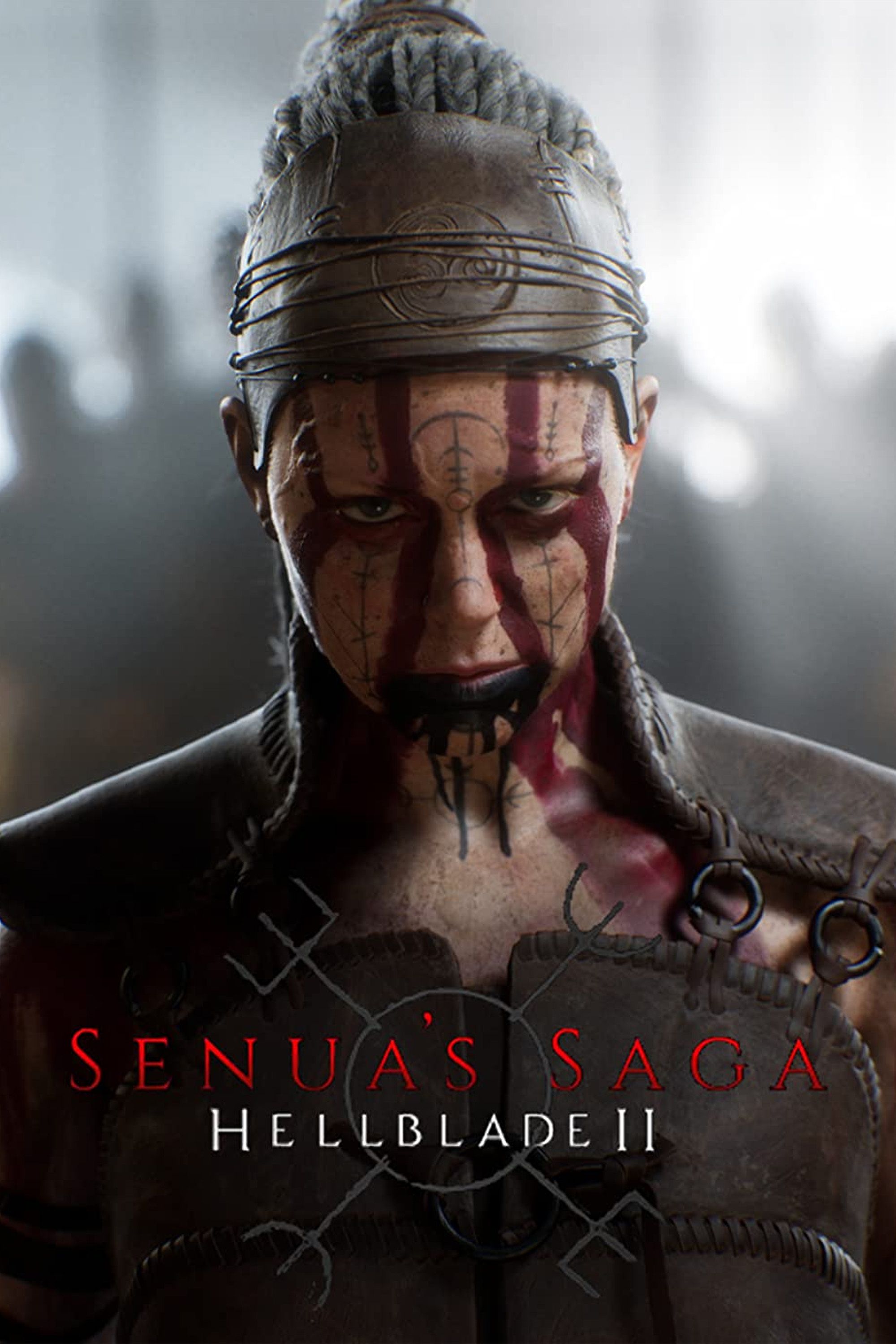
Senua's Saga: Hellblade 2
Reviewed on PC
Ninja Theory's highly anticipated sequel, Senua's Saga: Hellblade 2, will continue Senua's journey, with the story rumored to be set in Iceland. The PC, Xbox Series X/S game will be launching directly on Game Pass.
- One of the best looking video games ever
- Sound design is immersive and excellent
- Combat is visceral and hits are satisfying
- Puzzles don't present any challenge
- Exploration is lacking
Senua's Saga: Hellblade 2 is available now for PC and Xbox Series X/S. Game ZXC was provided a PC code for this review.

